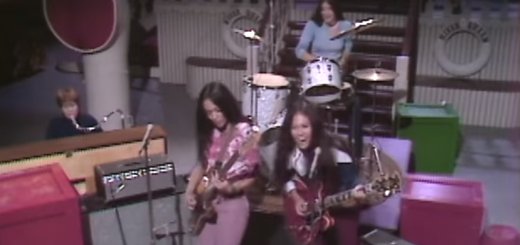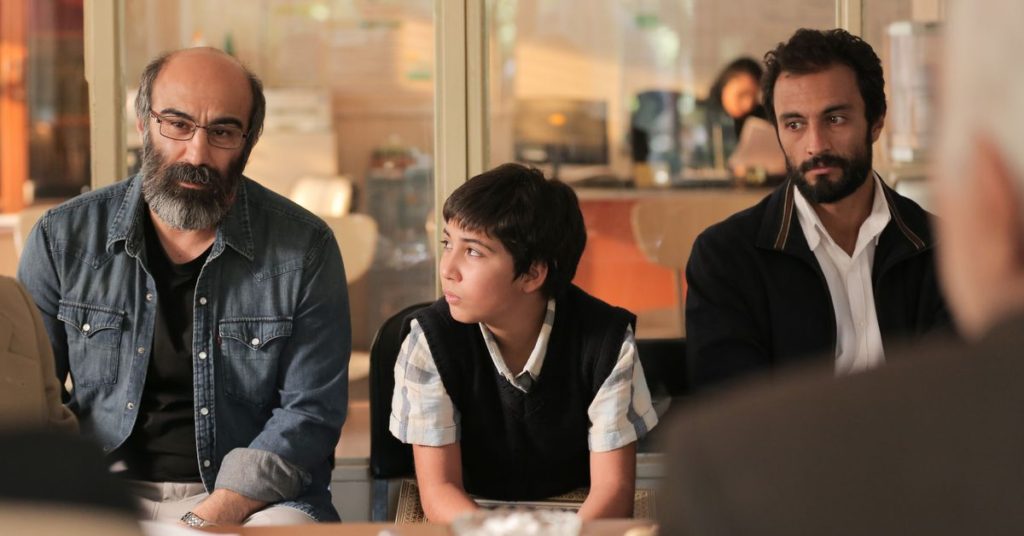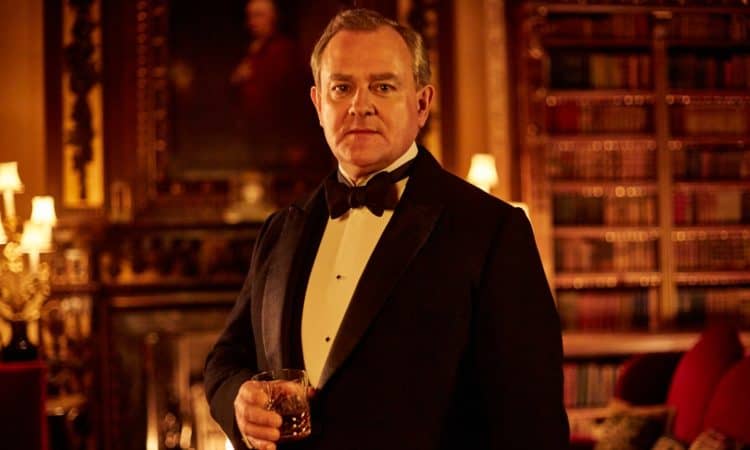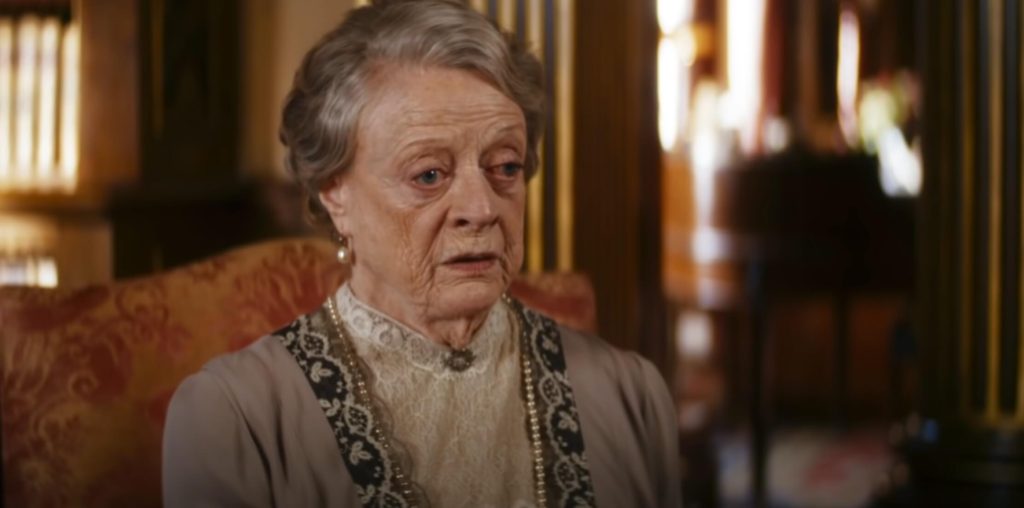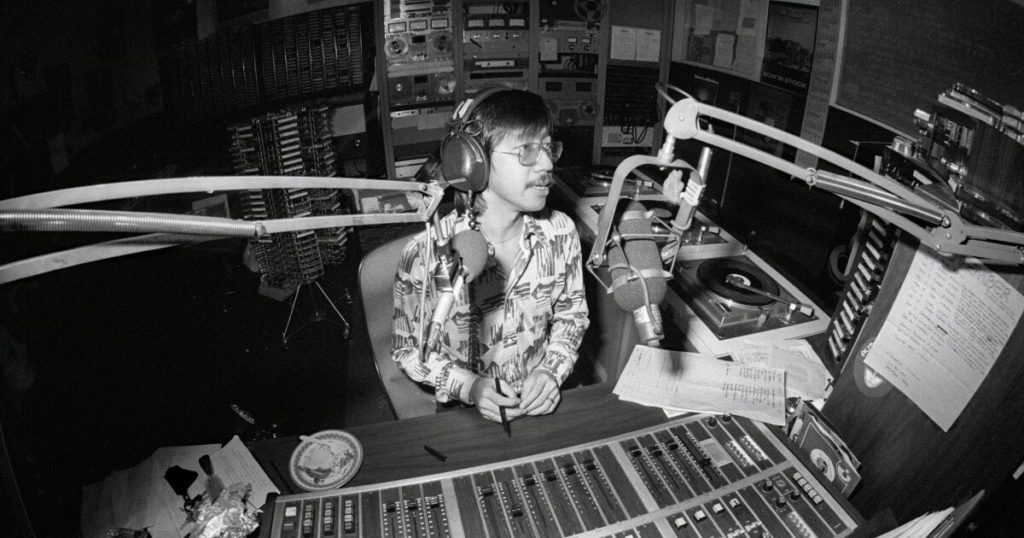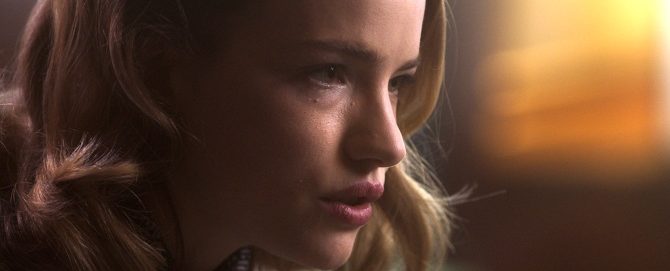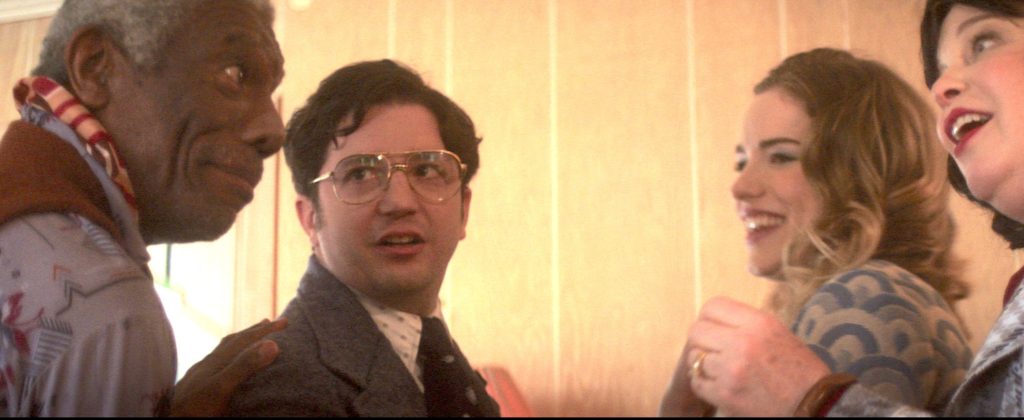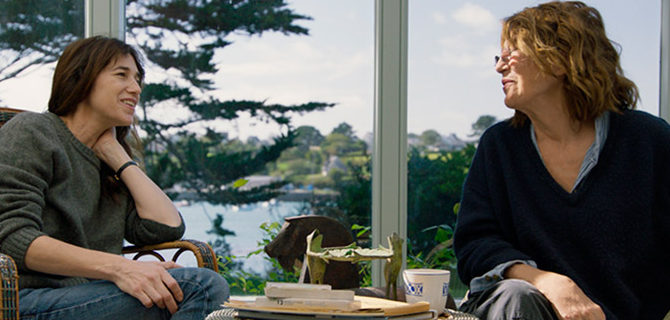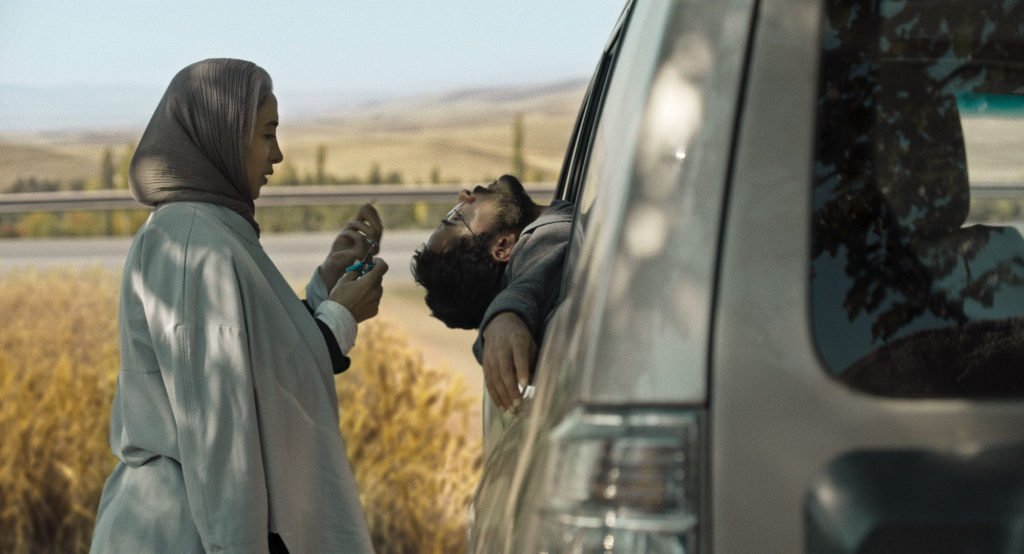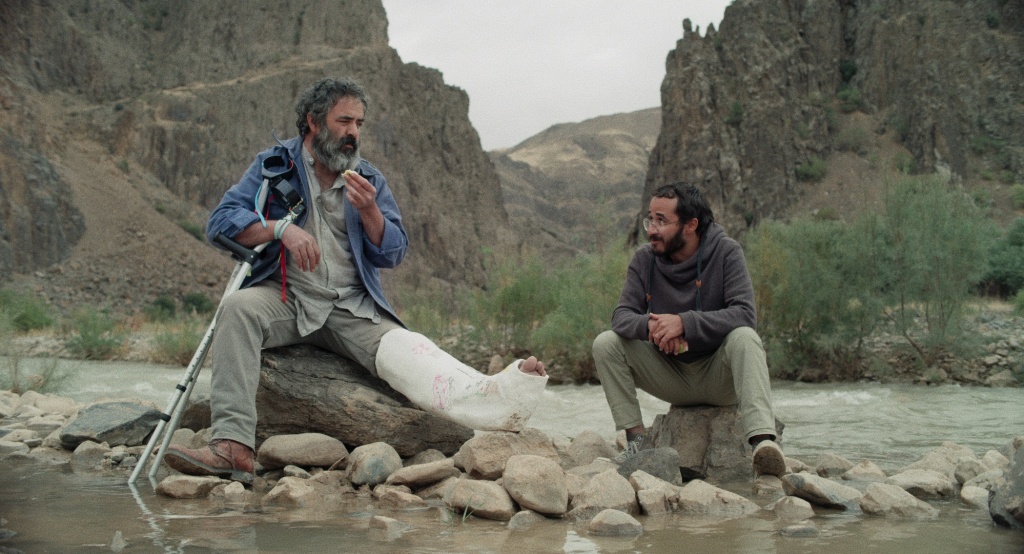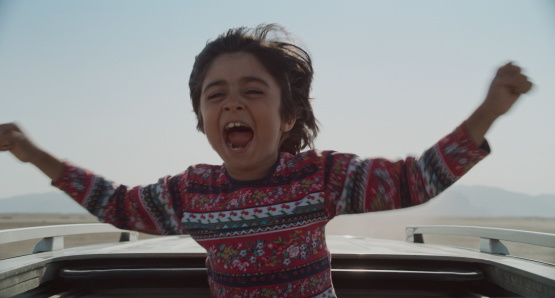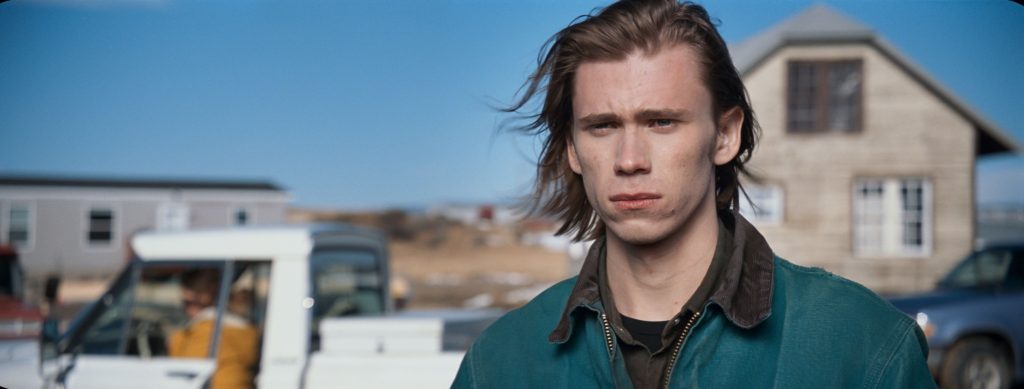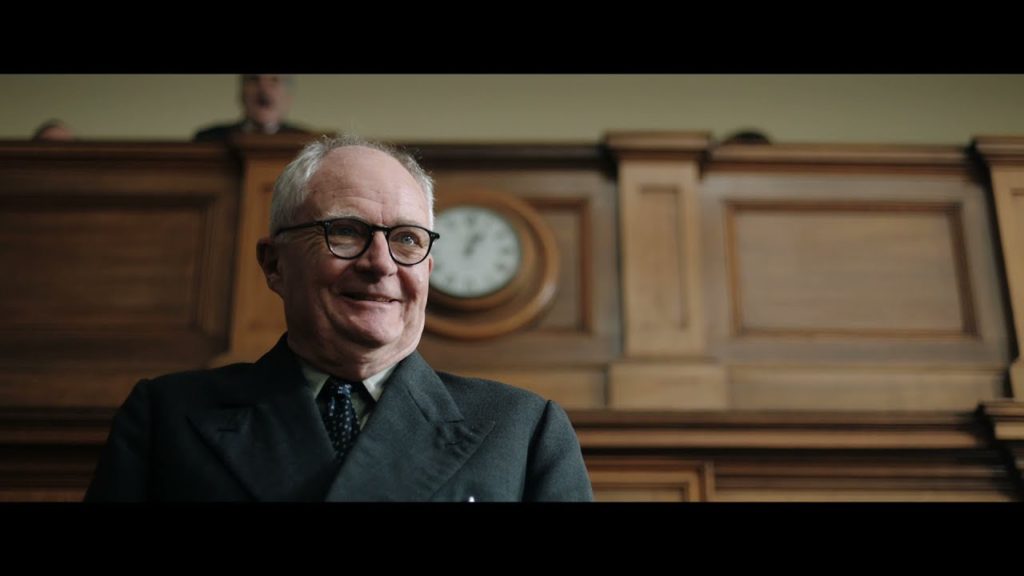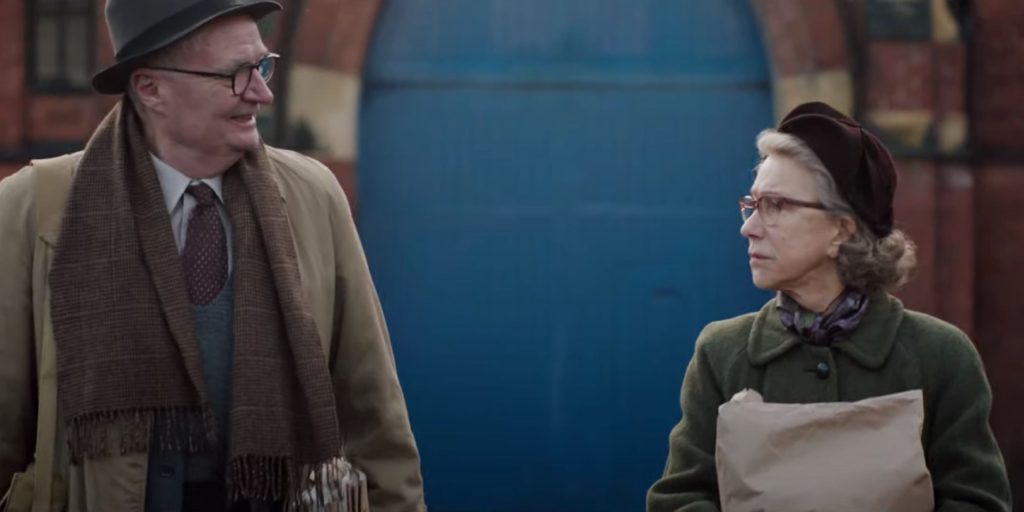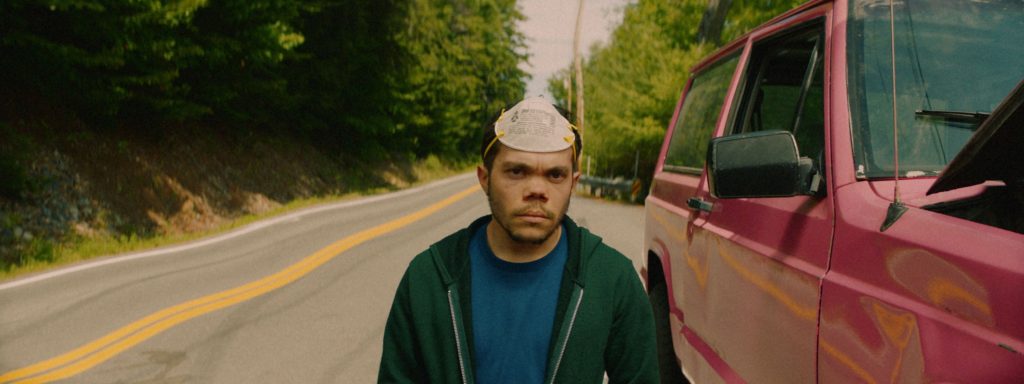
The Odd-Couple-On-A-Roadtrip dramedy Unidentified Objects takes us on a singular journey – from the offbeat through the surreal to the redemptive.
The self-isolation of anti-social gay dwarf Peter (Matthew August Jeffers) is disrupted when his neighbor, the chirpy sex worker Winona (Sarah Hay) insists that he provide his car for her drive from New York to Canada. She seeks to keep an appointment there with her space alien abductors. Wanting nothing to do with Winona or any aliens, Peter is nonetheless driven by financial necessity to agree.
In every social situation, Peter is quick to find (or manufacture) a grievance and explode in a torrent of invective; the rest of the time Peter seethes, leaking unpleasantness. It turns out that he is grieving the loss of a close friend – and with an overlay of guilt.
The trip is eventful. The two encounter lesbian cosplayers (one proud to cosplay full time – is that a thing?). Peter has dreams of a traffic stop by an extraterrestrial highway patrolman and of unexpected kindness in Canadian roadhouse.
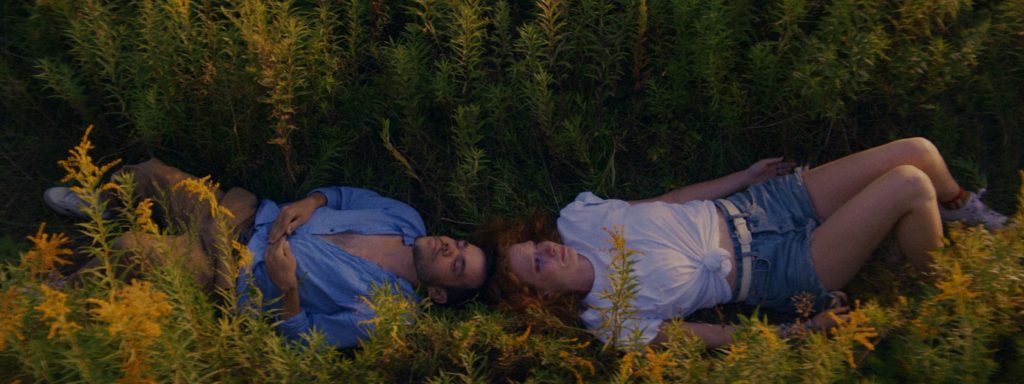
Yet the tone of Unidentified Objects is neither is not zany nor madcap. In his first feature, director and co-writer Juan Felipe Zuleta has created a character-driven story – no matter the odd occurrences, the roots of Peter’s unrest are simmering just beneath the surface. The story is about what Winona finds at the end of her trip, and, more profoundly, what Peter finds at the terminus of his.
Zuleta’s dream sequences are vivid and realistic – and all the more surreal because they seem real (until they don’t).
Through most of the film, Peter’s bitterness becomes grating, but, for those who hang in there, the payoff is worth it.
The US premiere of Unidentified Objects is at Frameline – in person on June 19 and streaming after June 24.
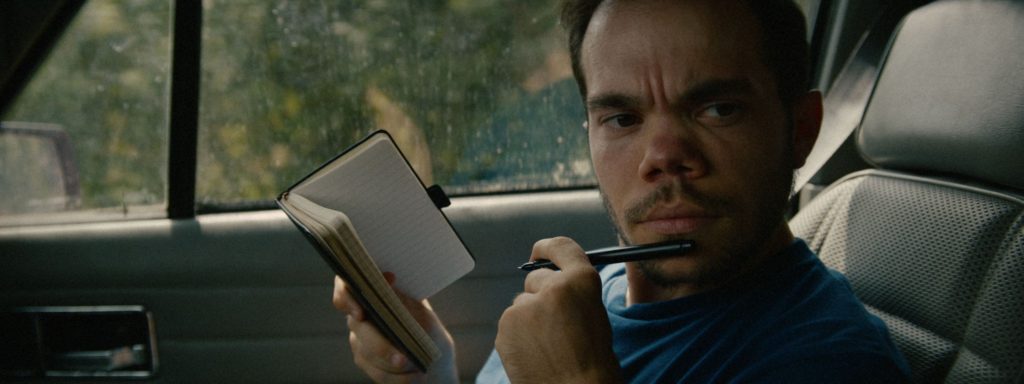
of Unidentified Objects Film, LLC.

